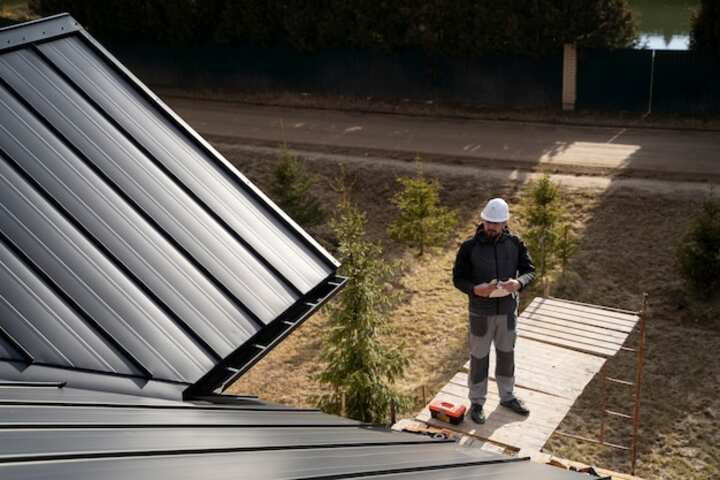
Mastering Metal Roofing Installation Tips from Expert Contractors
Metal roofing has gained popularity for its durability, energy efficiency, and sleek design. As homeowners increasingly opt for metal roofs, understanding the nuances of proper installation is crucial. Whether you are a DIY enthusiast or a professional contractor, mastering the techniques of metal roofing installation can ensure longevity and enhanced performance. This article delves into expert tips and strategies to help ensure a successful metal roof installation.
Understanding the Basics of Metal Roofing
Before diving into the installation process, it's essential to understand the types of metal roofing materials available. Common options include steel, aluminum, copper, and zinc, each with unique properties and suitability for different environments. Understanding the material's distinct advantages can guide you in selecting the best option for your needs. Read more about this topic.
Preparation is Key
Site Inspection and Measurements
Conducting a thorough site inspection is a critical first step in the installation process. Ensure the roof's structure is sound and can support the metal roofing material. Accurate measurements are crucial for ordering the correct amount of materials. Consider the following:
- Check for any damage or weaknesses in the existing roof structure.
- Measure roof dimensions carefully to avoid material shortages or overages.
- Account for roof features such as chimneys, vents, and skylights in your calculations.
Gathering the Right Tools and Materials
Having the right tools on hand can significantly streamline the installation process. Essential tools and materials include:
- Metal roofing panels and fasteners
- Metal cutting tools
- Safety equipment such as gloves and harnesses
- Ladders and scaffolding for safe access
Learn more in this detailed guide to ensure you have everything you need.
Installation Best Practices
Proper Panel Alignment
Achieving precise panel alignment is vital for both aesthetic appeal and functional performance. Panels should be aligned according to the roof's natural slope, with each row overlapping the previous to prevent water infiltration. Additional insights on alignment can be explored further here.
Sealing and Fastening Techniques
Proper sealing and fastening are key to a secure roof installation. Consider the following expert tips:
- Use quality fasteners that are compatible with the roofing material.
- Apply sealants to joints and seams to prevent leaks.
- Ensure fasteners are evenly spaced and secure, but avoid overtightening.
Common Challenges and Solutions
Handling Weather Conditions
Weather can significantly impact the installation process. Plan installations during favorable weather conditions to minimize risks. If installation during adverse weather is unavoidable, take precautions such as:
- Using tarps to protect materials and work areas from rain.
- Ensuring proper safety measures are in place for wind conditions.
Find additional information here on how to manage weather-related challenges.
Addressing Potential Issues
Even with careful planning, issues may arise during installation. Some common problems include panel misalignment, incorrect fastener placement, and inadequate sealing. Regular inspections during the installation process can help identify and address these issues promptly. Explore further insights here.
Conclusion
Mastering metal roofing installation requires attention to detail, proper preparation, and adherence to best practices. By understanding the materials, equipping yourself with the right tools, and employing expert techniques, you can achieve a durable and aesthetically pleasing metal roof. For those seeking additional guidance, consulting expert resources and professional contractors can provide valuable support and assurance of quality workmanship. Find additional information here.